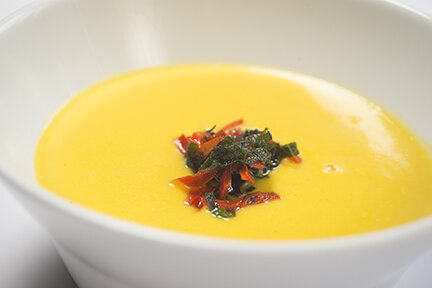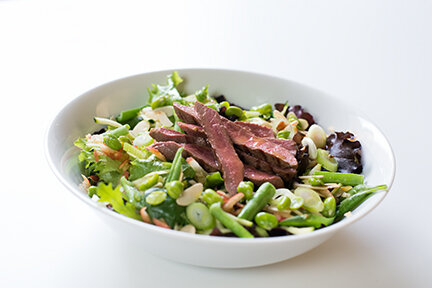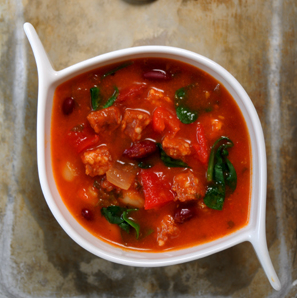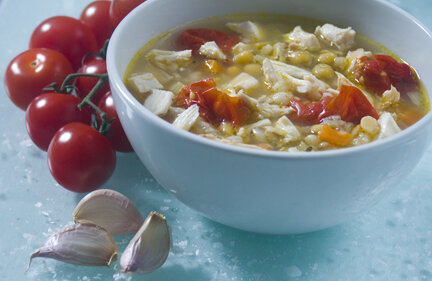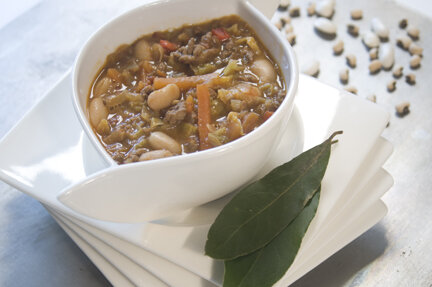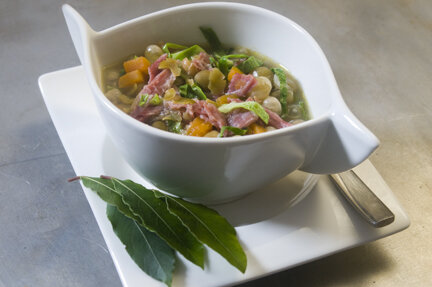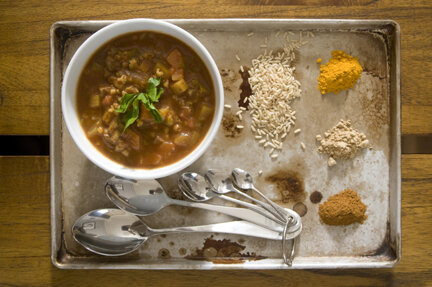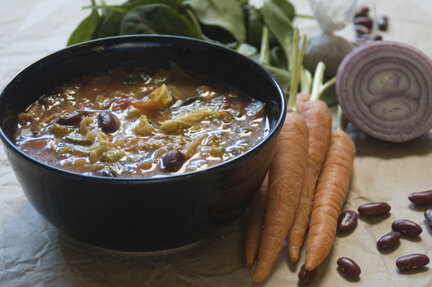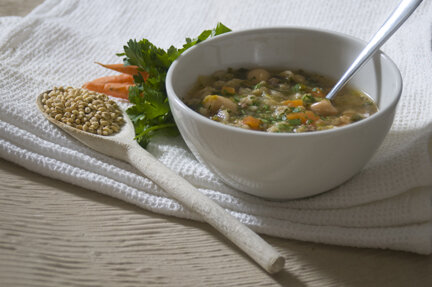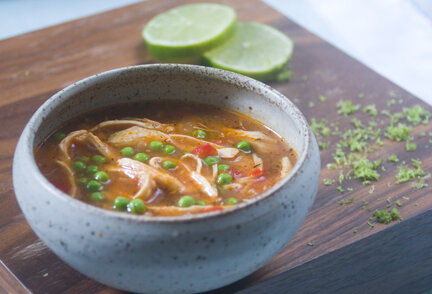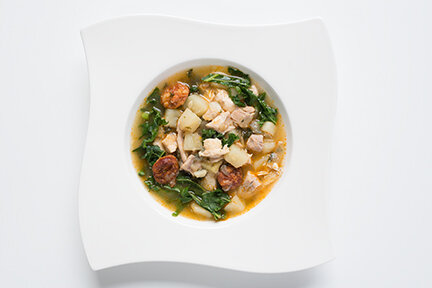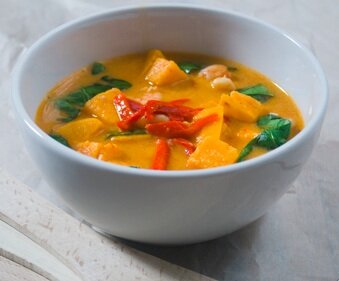Don’t you just envy them? They simply curl-up on a chair or in a box or just about anywhere and have a refreshing little snooze at any time of the day? Sadly, it’s not so easy for us humans!
If you struggle to get to sleep or wake in the middle of the night and can’t get back to sleep, your roller coaster of sleep deprivation becomes a physical and emotional nightmare. You are desperate, you are exhausted, mild irritations can catapult you into adopting the persona of an axe murderer and you want a solution and you want it now!
Stress (emotional or physical or physiological or all three) is most likely the cause of disrupted sleep in many of us and stress of any kind stimulates our adrenal glands to release the stress hormones, adrenaline and cortisol.
This incredible ‘double act’ ensures that when we are in a life-threatening situation (a potential car accident for example) we react swiftly and efficiently. Our heart rate goes up, we become very alert and stored fuel is converted into energy and directed to those parts of the body which enables us to take quick and evasive action (brain, eyes, nerves, muscles etc.) But this is hardly what we want when we are looking for uninterrupted sleep. Suddenly we are wide-awake and because cortisol keeps on releasing fuel for some time after believing our ‘stores’ need re-stocked, the chances of getting back to sleep are slim.
One of the biggest secrets is ensuring that we have sufficient stores of glucose to get us through the night and warn off the cortisol-devil… no, we are NOT under threat, we just want to sleep! This is where ‘what and when’ to eat to keep our blood sugar levels balanced day and night is imperative. It may not be the total answer but it certainly can help.
To achieve this, it is important to eat regularly throughout the day (small and often - every 3-4 hours is my recommendation), eat energy-dense foods earlier in the day (a combination of protein, fats and some, but not too much in the way of starchy carbohydrates) and major on top quality protein, fats and vegetables in the evening (but little or no starchy carbohydrates), forego stimulatory foods and drinks after mid afternoon (caffeine, alcohol, fizzy drinks, processed foods), try not to exercise too late in the day and please, please find alternatives to ‘junk’ foods and foods that release their sugars too quickly and play havoc with blood sugar. Rather many ‘takeaways’ can play real havoc and are often ‘the choice’ for many in the evening! Having said that, some of the ‘takeaways’ now on offer whilst restaurants are unable to open during the pandemic are extremely well-balanced - perhaps a little more pricey but you may wish to seek them out!
Many studies show (and personally, I am a fan) of a bedtime snack to keep stress hormone levels at bay during the night. All the following are rich in the amino acid l-tryptophan which when combined with a little carbohydrate (yes, just a little), helps to boost levels of the ‘calming chemical’ serotonin. Have your bedtime snack around 45 minutes before you get ready for bed and keep it small AND… if you wake during the night and can’t get back to sleep, get up and have another oatcake (or keep one on the bedside table!) They really are a bit of a wonder (protein, fibre, carbohydrate, vitamins and minerals) and no, this is not just because I am a Scot!!
Suggested Bedtime Snacks
2 mini or 1 large oatcake with flaked tinned tuna or almond butter or half a banana (well mashed)
a small bowl of my Turkey or Tofu & Spinach Broth
a peach or nectarine with a few fresh walnuts
a couple of dark brown Ryvita with almond butter
a banana and soya milk smoothie
a handful of mixed seeds with sliced apple
2 mini or 1 large oatcake with cottage cheese and sliced cooked turkey breast
a small pot of natural yoghurt with a couple of dates or berries
a cup of warmed soya milk, a teaspoon of honey and a sprinkling of cinnamon
hot chocolate made with milk or milk alternatives and no-sugar dark chocolate grains (Green & Blacks is one of the best)
a pot of calming herb tea (chamomile, passionflower, hops, valerian (or a ‘sleepy’ combination which you can get in most health shops).







